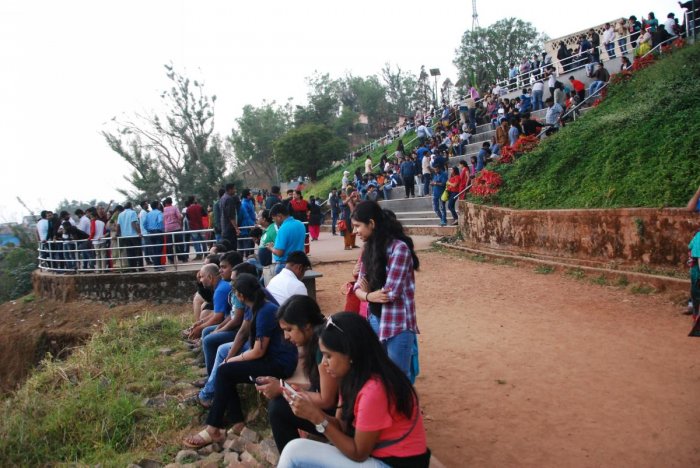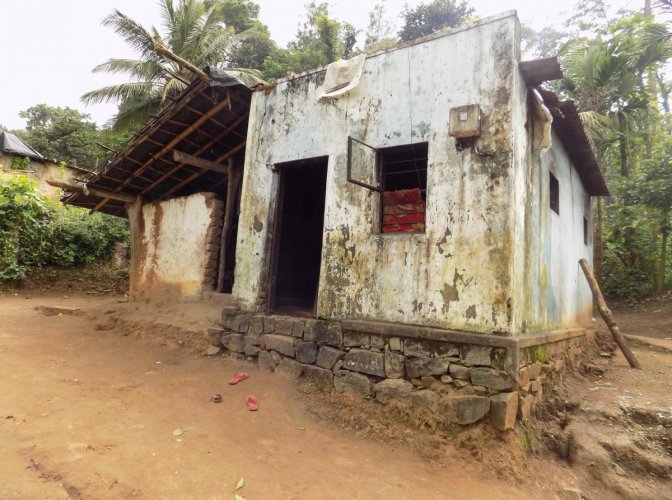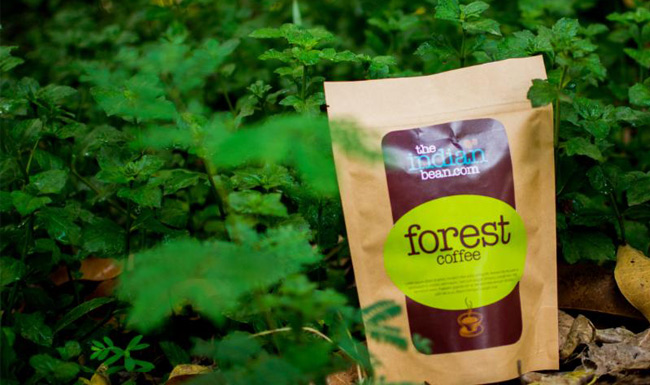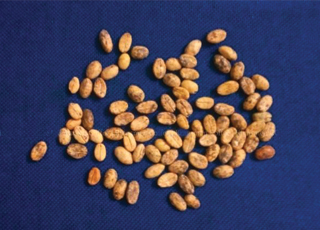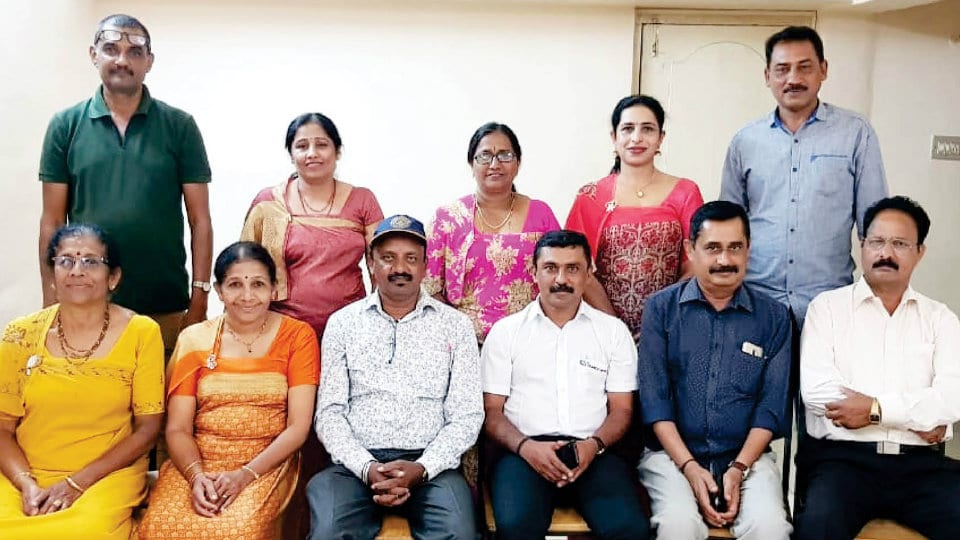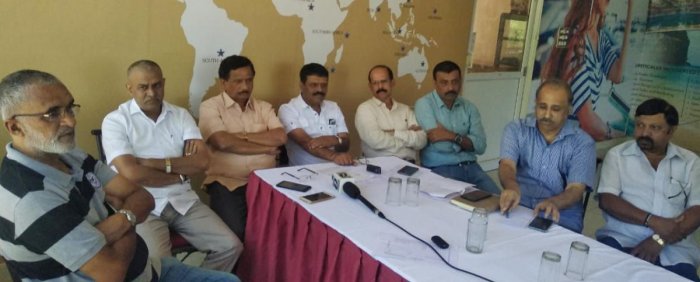Mangaluru :
Kannur International Airport Ltd (KIAL) and Kodagu district are betting big on the proximity factor and the tourism potential for mutual growth. Kodagu, the hill district of Karnataka, will be one of the major beneficiaries of the Kannur International Airport that will begin operation on December 9.
V Thulasidas, Managing Director of KIAL, recently told BusinessLine in Kannur that Kodagu passengers would find this airport convenient because of its proximity to major towns in the district.
Proximity
Virajpet in southern Kodagu is just 58 km away from the airport (which is located at Mattannur), and Madikeri in northern Kodagu is around 90 km from the airport.
G Chidvilas, former president of the Kodagu District Chamber of Commerce, said though Bengaluru is located around 260 km from Madikeri, it requires around seven hours of travel. “From there you need at least one hour to reach the Bengaluru airport,” he said.
The Mangaluru International Airport is around 140 km from Madikeri, and around 170 km from Virajpet. The Kannur airport is much closer to Kodagu towns than these two airports, he said.
Tourism potential
Stating that coffee crop and tourism are the two major contributors to the economy of the district, Chidvilas said the district is a major tourism destination in Karnataka. Many corporates in the hospitality sector have opened resorts in the district. Apart from this, the district has many home-stay accommodations.
“Since Kannur is an international airport, we are expecting an influx of foreign tourists into Kodagu,” he said.
Cargo to Gulf
Thulasidas said KIAL has had several interactions with the chambers of commerce from its catchment areas, including the Kodagu chamber. “I went to Madikeri and had meetings with the chamber. We will work together as a team to promote tourism in this catchment area,” he said.
On the potential for cargo handling from the Kodagu region, the KIAL MD said the presence of an airport nearby offers scope for exporting flowers and spices from the district to the Gulf destinations. From there, these cargoes can go to Europe. The construction of the cargo complex at the airport is expected to be completed in one-and-a-half years.
Road connectivity
Chidvilas said Kodagu, which is known for floriculture activities, is now dependent on the Bengaluru airport for export. The Kannur airport will provide another alternative to the floriculturists to tap the export market.
Asked about the condition of roads between the Kodagu centres and the airport, he said the problem is with the stretch of roads in Kodagu and not Kerala. A stretch from the Kerala border to Virajpet, which needs to be widened, passes through a reserve forest, he said.
Thulasidas said the road from Kannur town to Mattannur (where the airport is located) and from there to the Karnataka border will be a National Highway. The road from Mattannur to the Karnataka border, which is already being developed by the Kerala government into two lanes under another scheme, is almost completed.
The development of the roads will help people from both Kannur and Kodagu areas, he added.
source:http://www.thehindubusinessline.com / Business Line / Home / by A J Vinayak / December 03rd, 2018

